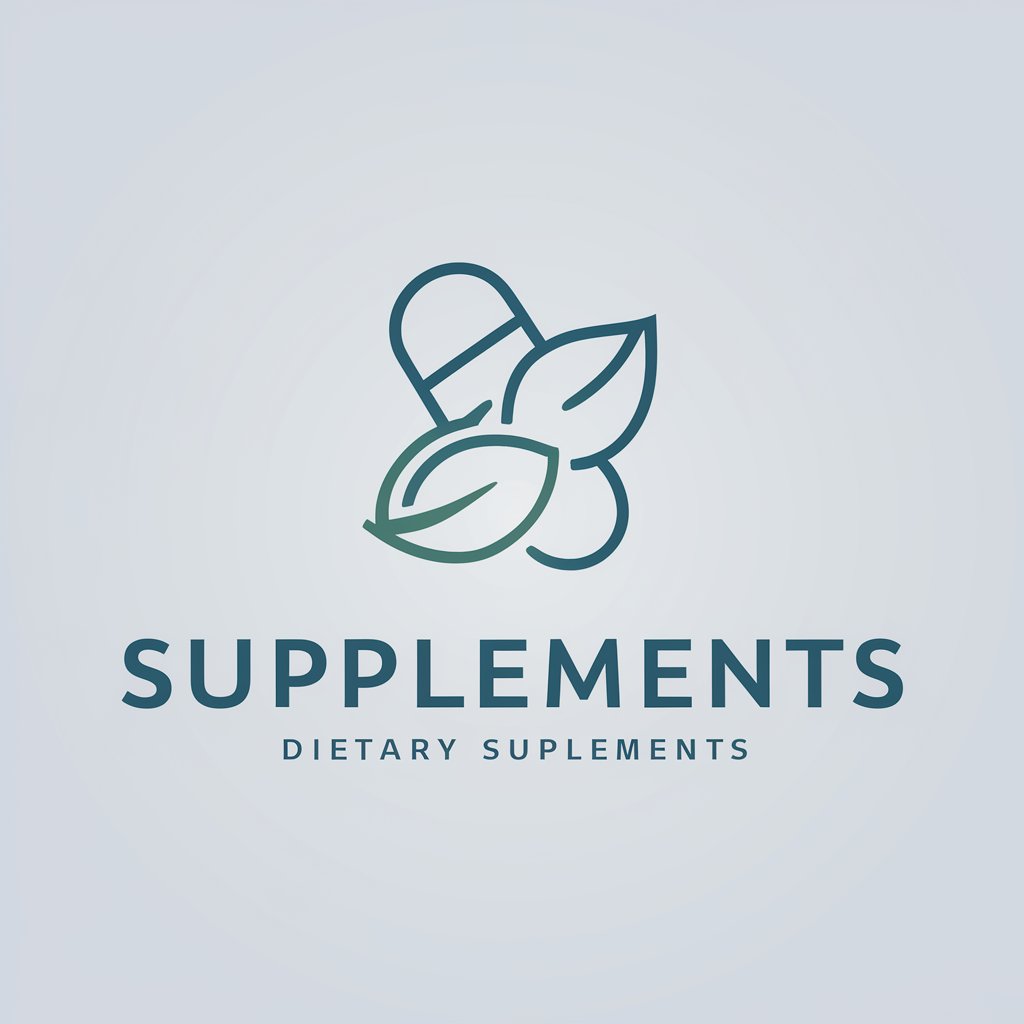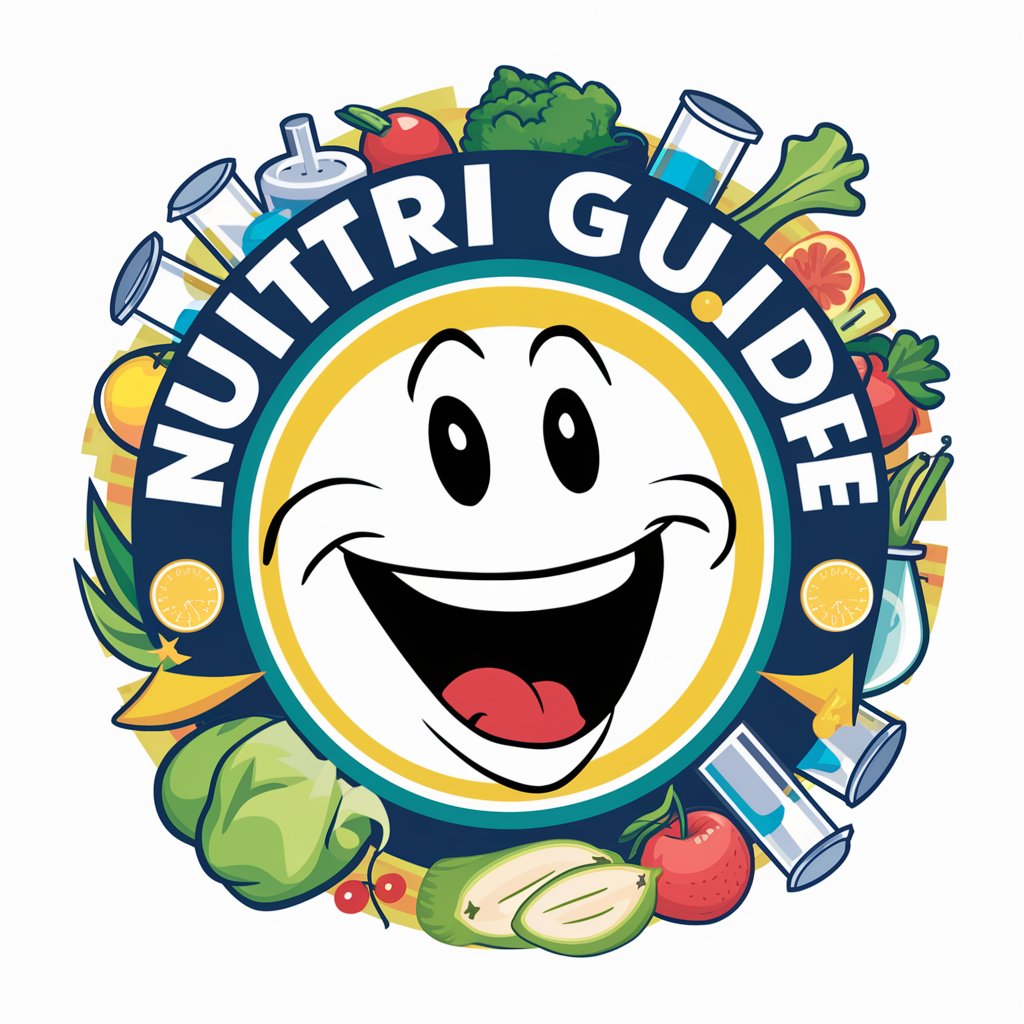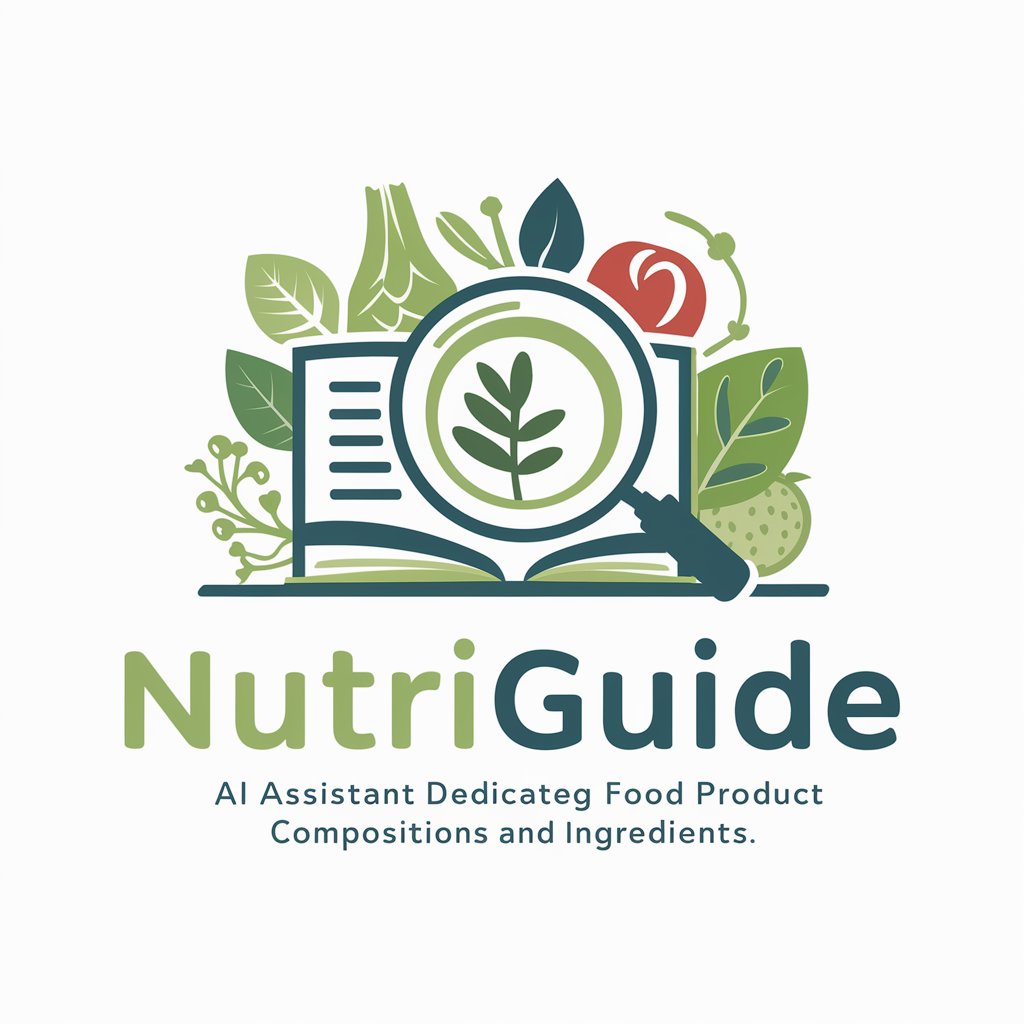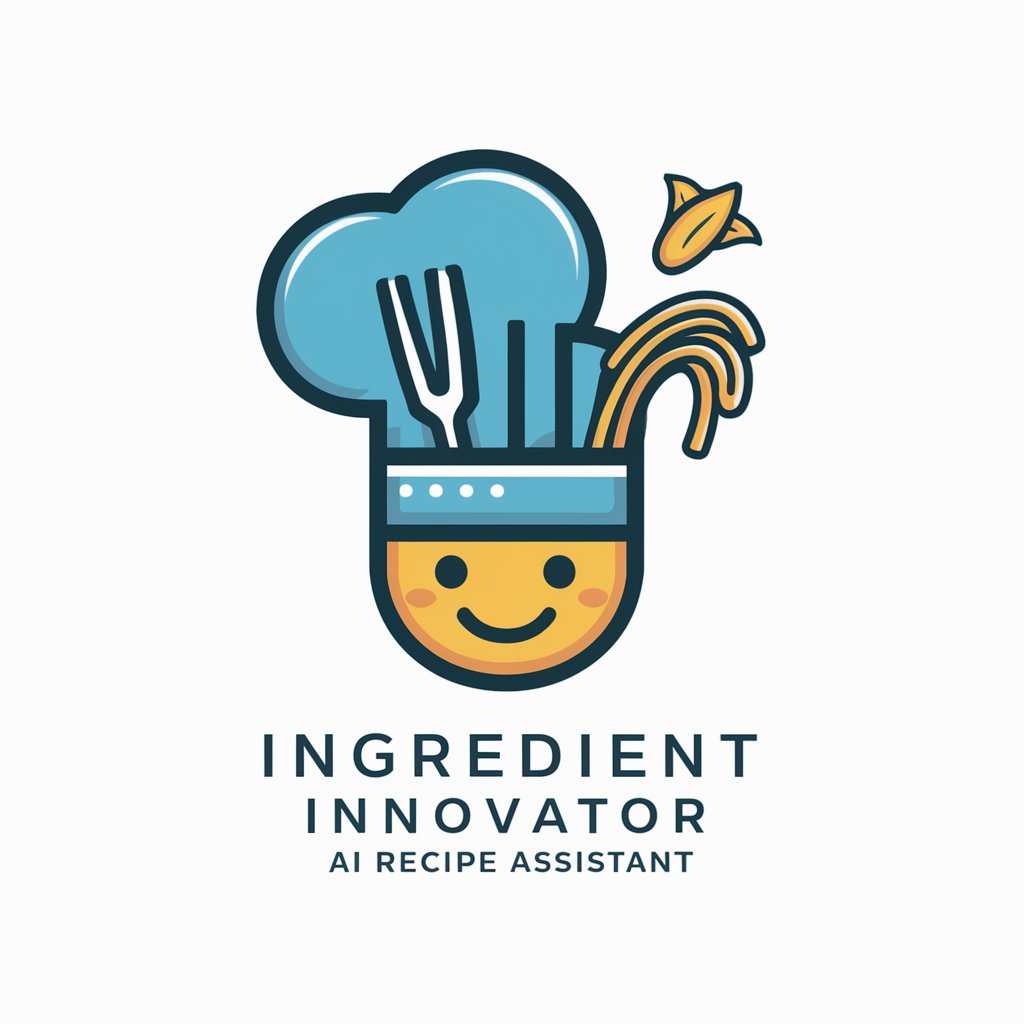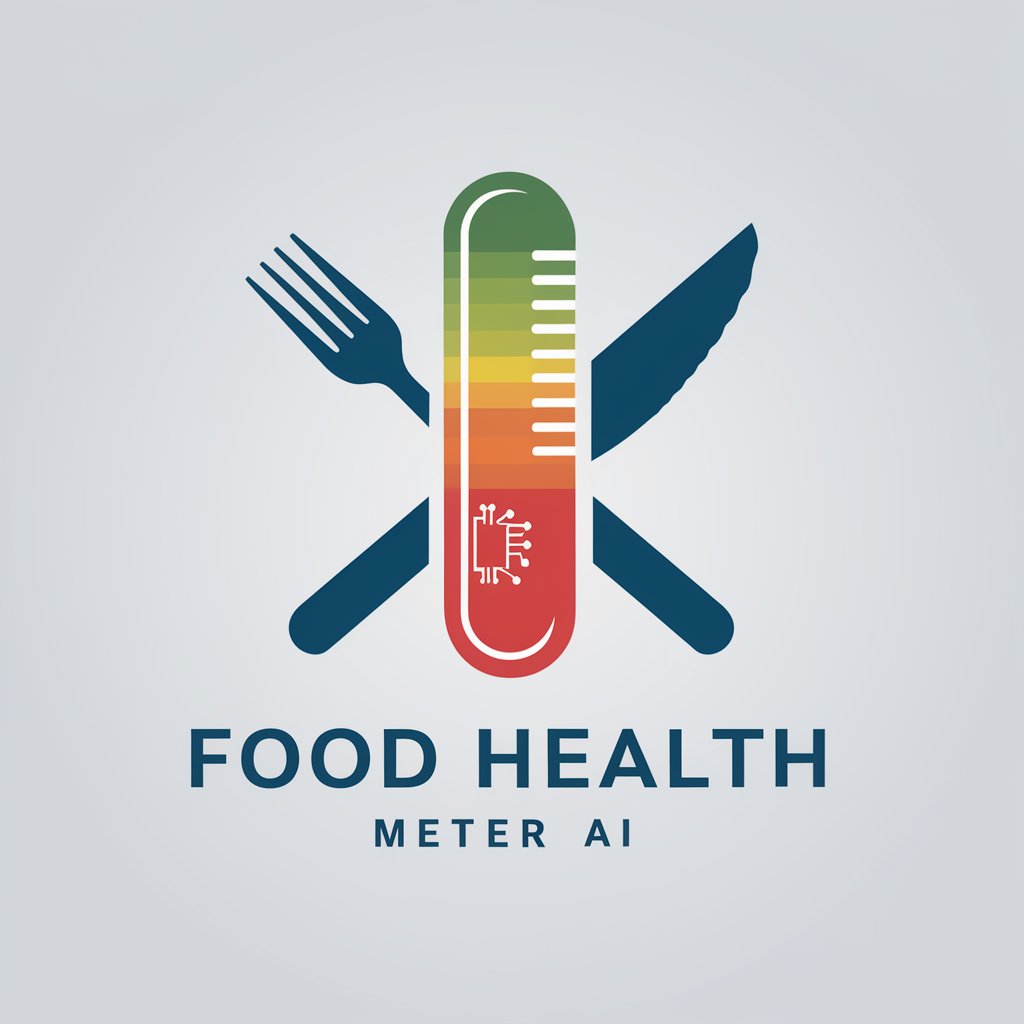
Food Additive Guide - Food Additive Insights
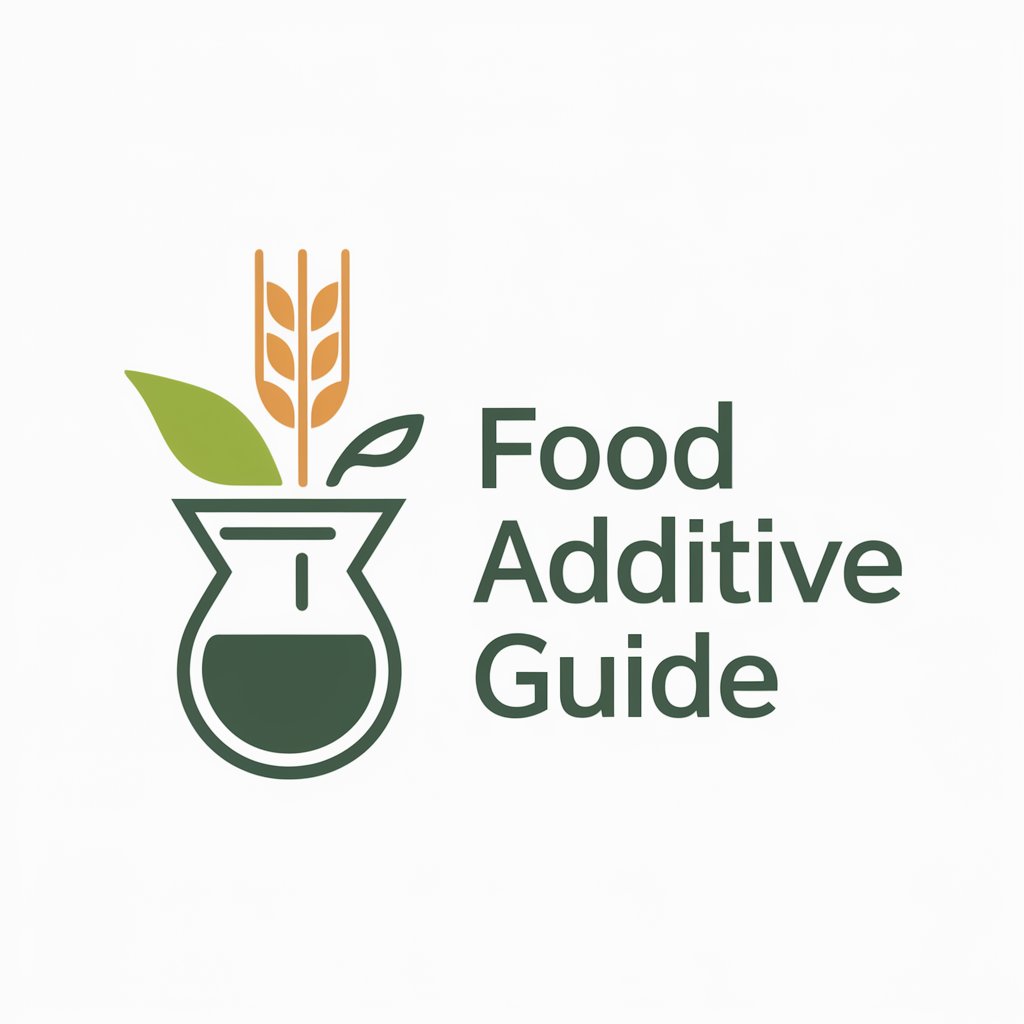
Hello! I provide detailed insights into food additives and their safety.
Demystifying Food Additives with AI
Describe the functions and safety of food additive E320.
What is the regulatory status of aspartame in different countries?
Explain the composition and uses of food coloring E129.
Provide dietary advice concerning the consumption of artificial preservatives.
Get Embed Code
Introduction to Food Additive Guide
Food Additive Guide is a specialized tool designed to provide in-depth information about food additives, including their origins, composition, functions, and regulatory status across different countries. It serves as a comprehensive resource for understanding the wide range of additives found in food products, demystifying their roles and safety profiles. For example, when encountering an ingredient list that includes 'E330', the guide can inform that this refers to citric acid, a common acidity regulator and antioxidant used in various food and beverage products. This level of detail helps users make informed decisions about their food choices. Powered by ChatGPT-4o。

Main Functions of Food Additive Guide
Identification and Analysis of Food Additives
Example
Upon uploading a food label image, the guide extracts content, identifies food additives listed (e.g., 'Ascorbic Acid'), and provides a detailed analysis of each additive's purpose (e.g., preservative) and safety.
Scenario
A consumer is curious about the additives in a packaged soup. Using the guide, they can quickly learn that 'Ascorbic Acid' acts as a preservative, extending the product's shelf life.
Regulatory Information Provision
Example
For additives such as 'Monosodium Glutamate (MSG)', the guide offers insight into its regulatory status, explaining where it is approved for use and under what conditions, based on international standards.
Scenario
A manufacturer looking to expand their product to a new market can use the guide to ensure compliance with local food additive regulations, avoiding legal issues.
Dietary Advice
Example
For individuals with specific dietary restrictions, the guide can highlight which additives to avoid. For instance, it can advise vegetarians to steer clear of 'E120' (Carmine), as it is derived from insects.
Scenario
A vegetarian planning their diet can use the guide to identify and avoid products containing animal-derived additives, aligning their food choices with their dietary principles.
Ideal Users of Food Additive Guide Services
Consumers
Individuals seeking to make informed food choices based on health, ethical, or dietary reasons. They benefit from understanding the safety and purpose of additives in their food.
Food Industry Professionals
Manufacturers, formulators, and marketers within the food industry who require detailed knowledge of food additives for product development, regulatory compliance, and marketing strategies.
Healthcare and Nutrition Professionals
Dietitians, nutritionists, and healthcare providers who need to advise clients or patients on dietary choices, especially those with allergies, sensitivities, or specific dietary requirements.

How to Use Food Additive Guide
1
Start by visiting yeschat.ai for a free trial, accessible without login or the need for ChatGPT Plus.
2
Identify the food additive(s) you're curious about, either by name or E-number, to ensure you have the specific information ready for inquiry.
3
Utilize the chat feature to ask specific questions about the food additive's purpose, safety, dietary advice, or regulatory status.
4
For visual analysis, upload images of food labels, and the guide will list and provide details on the additives identified.
5
Make use of the detailed Q&A section for common queries or to understand broader aspects of food additives and their impact on health and nutrition.
Try other advanced and practical GPTs
Adaptive Game 🎮 Development Chatbase Interactive
Craft dynamic game worlds with AI
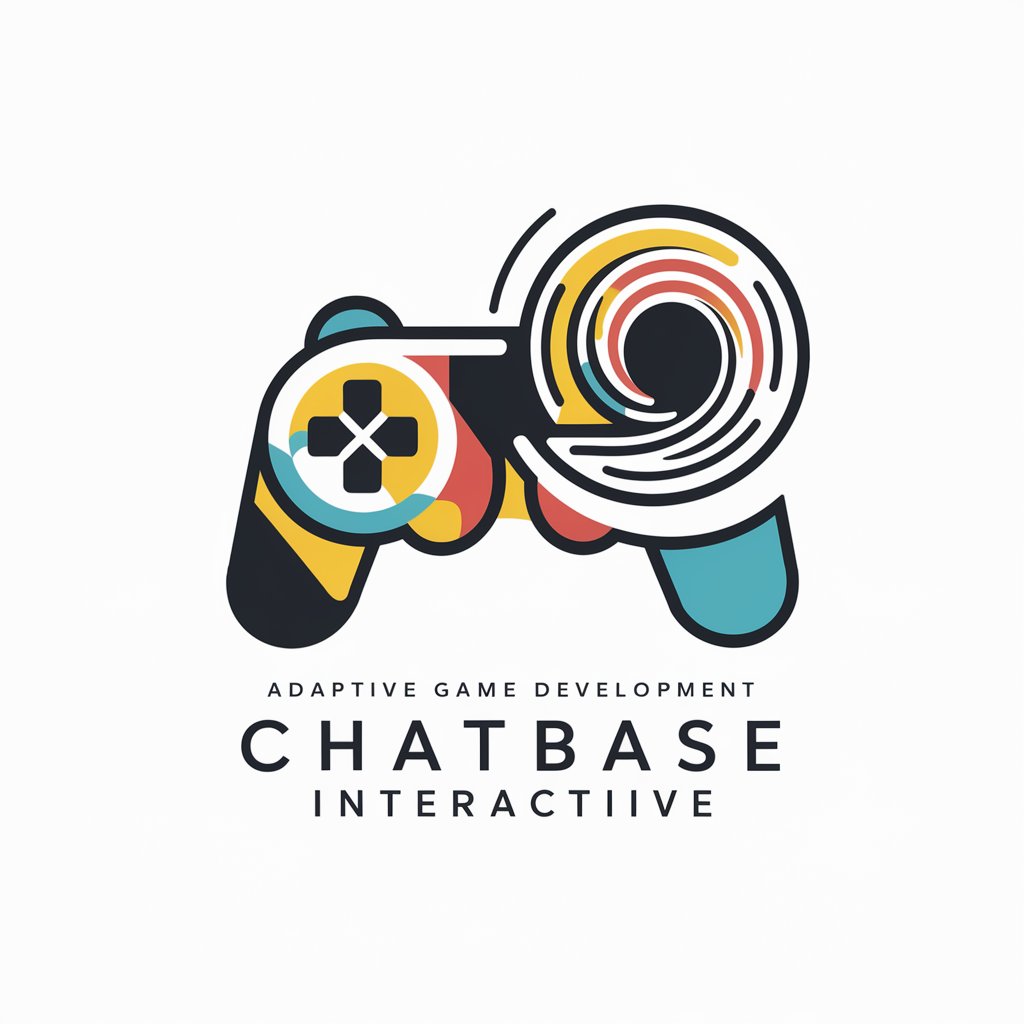
The Wingman
Empower Your Creativity and Productivity

Mind & Body Coach
Empowering your wellness journey with AI
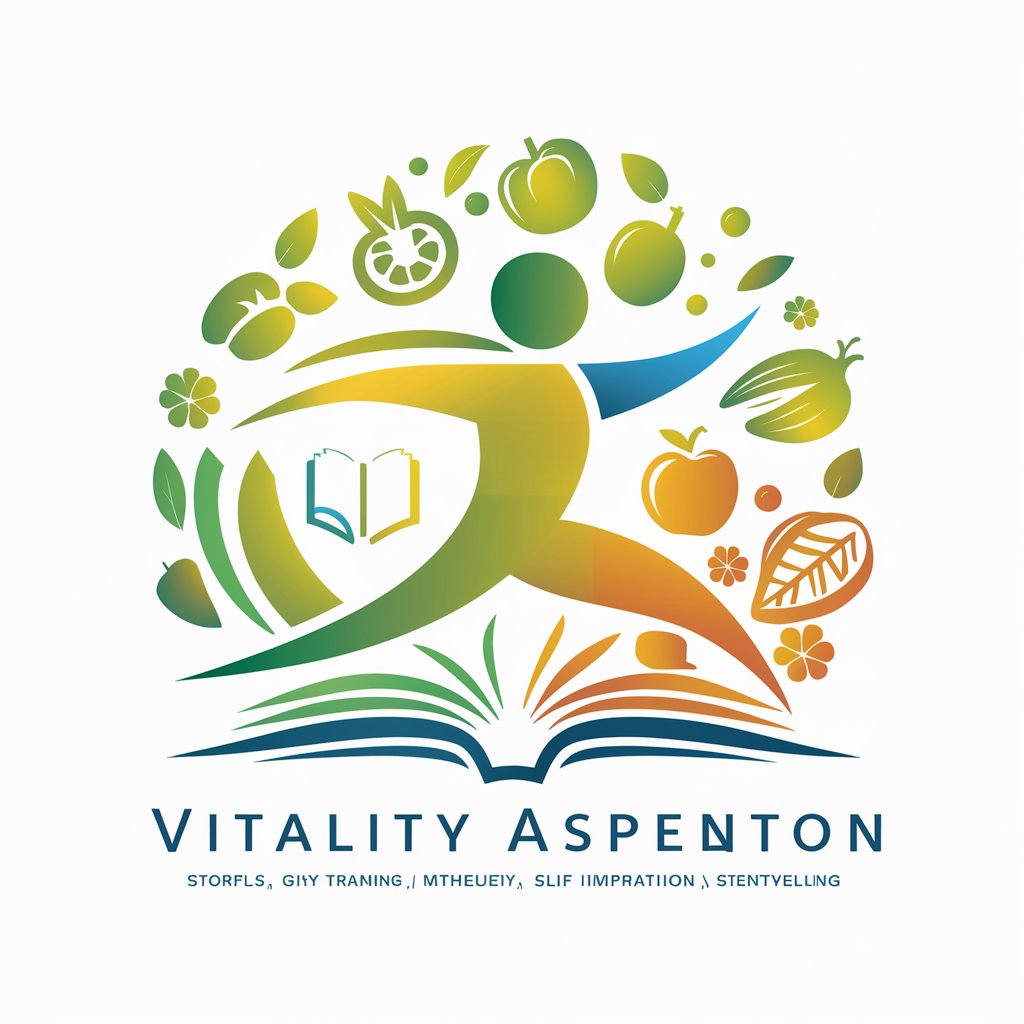
AcademicHelper
Empowering your academic writing with AI

Conflict Analyst
Deciphering Conflicts with AI

Drink It
Elevate gatherings with AI-powered fun.

The Story Teller
Crafting Your Narratives, Powered by AI

CineAdvisor GPT - Eng
Discover Your Next Favorite Movie or Series with AI

Dr Beauty
Empowering beauty decisions with AI analysis
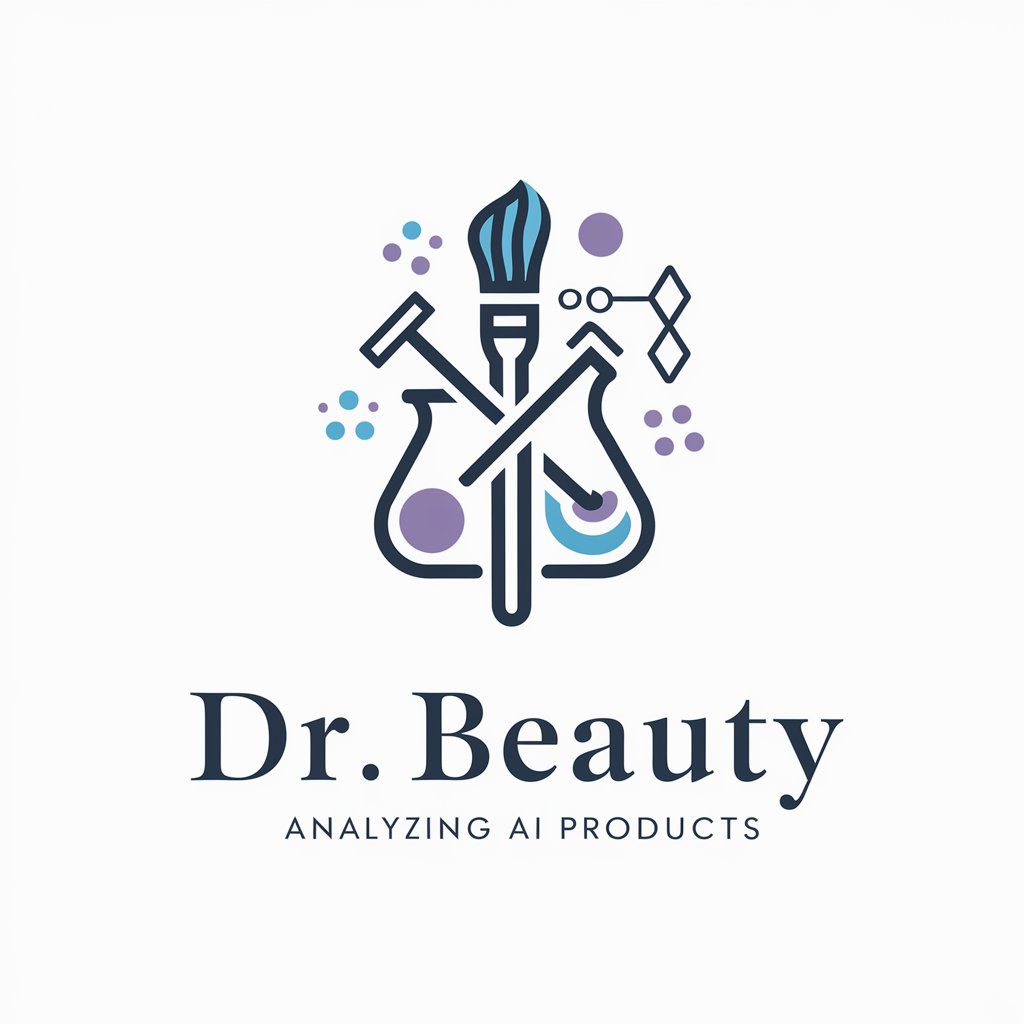
Lore Master
Empowering Creativity with AI
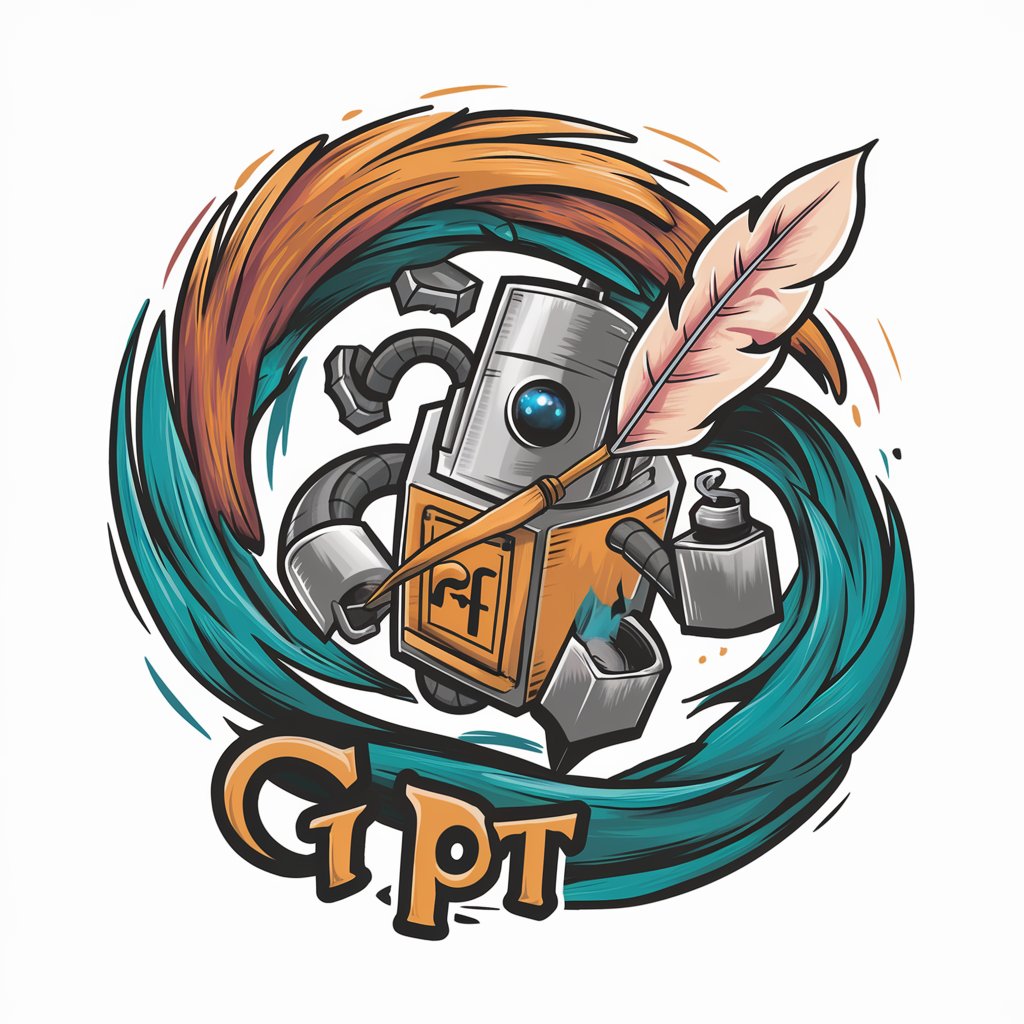
Seller Helper GPT
Empower Your Etsy with AI
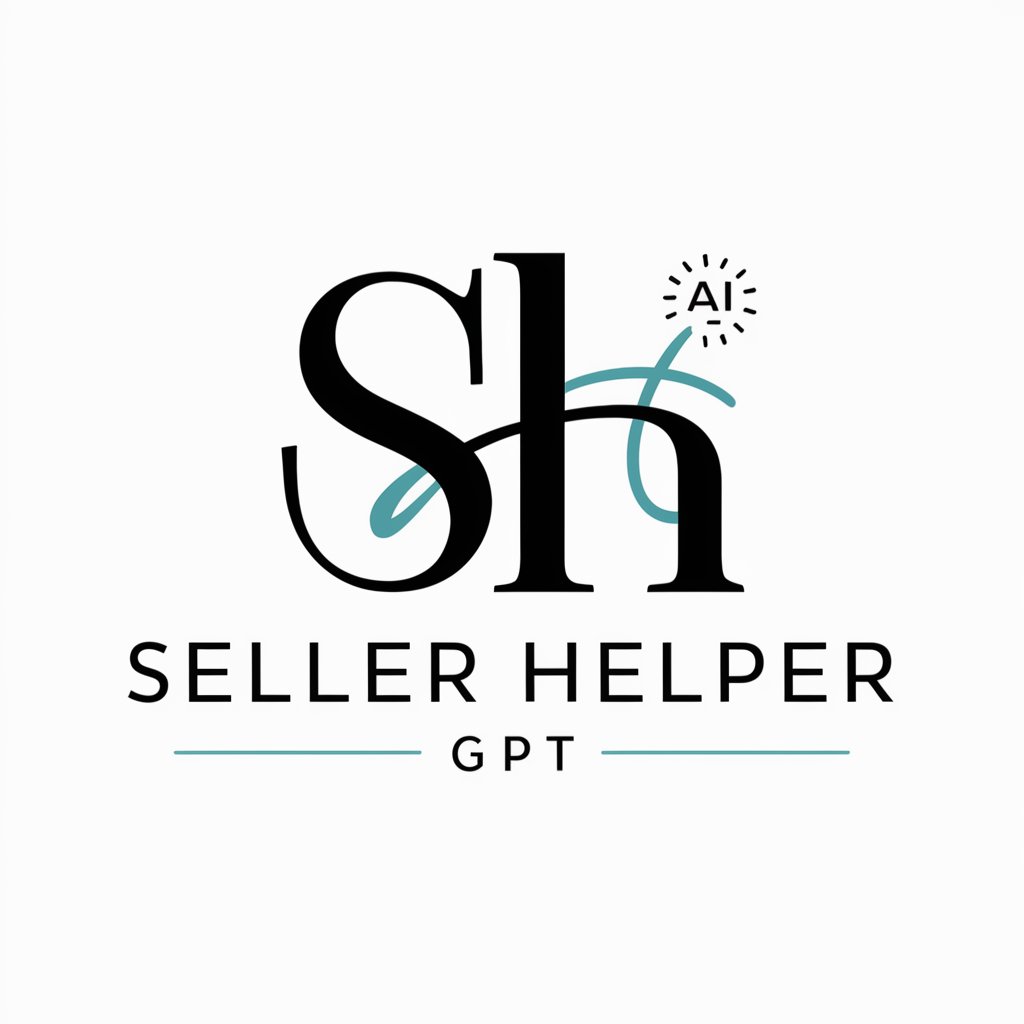
Code Mentor - Sakura
Empowering your coding journey with AI.

Detailed Q&A on Food Additive Guide
What is the primary function of food additives?
Food additives serve various purposes, including preserving freshness, enhancing flavor, improving appearance, and ensuring food safety. They are used to maintain product consistency, improve or maintain nutritional value, and aid in processing or preparation.
How does Food Additive Guide address safety concerns?
This tool provides comprehensive details on the safety and regulatory status of food additives across different countries, helping users make informed dietary choices. It includes information on acceptable daily intakes and potential health effects.
Can Food Additive Guide help with dietary restrictions?
Yes, it offers dietary advice by identifying additives that may be of concern for specific dietary restrictions, such as vegan, vegetarian, gluten-free, or allergy-specific diets, helping users avoid additives unsuitable for their dietary needs.
How does the image analysis feature work?
By uploading an image of a food label, the tool uses AI to read and analyze the ingredients list, identifying and listing food additives present. It then provides details about each additive's purpose and safety.
What regulatory information does Food Additive Guide provide?
It covers the regulatory status of food additives, including approvals, bans, and guidelines from various regulatory bodies such as the FDA, EFSA, and others, offering insights into the legality and approved uses of additives worldwide.
